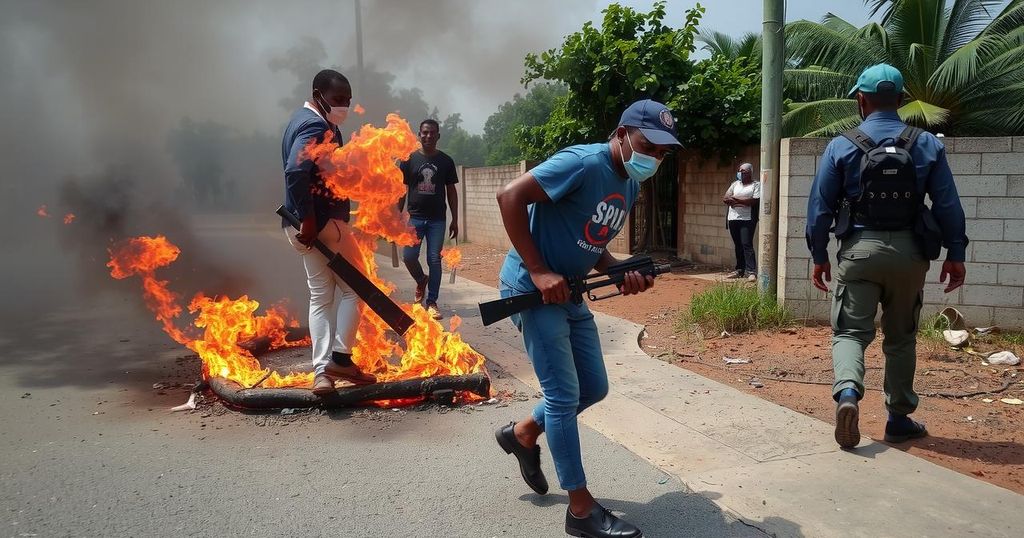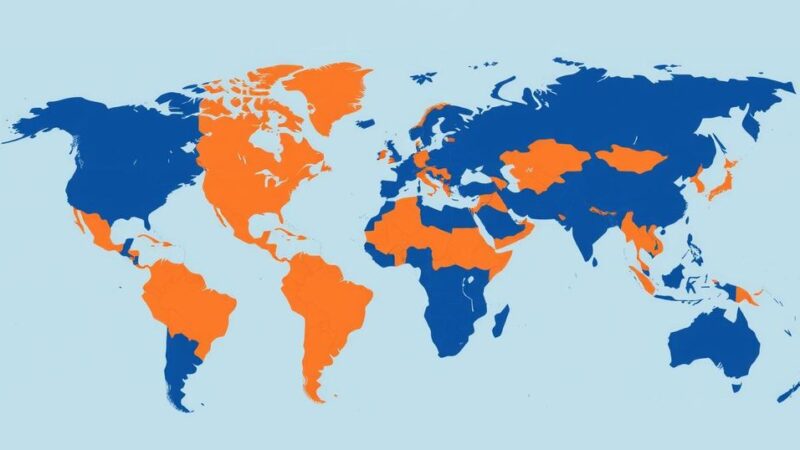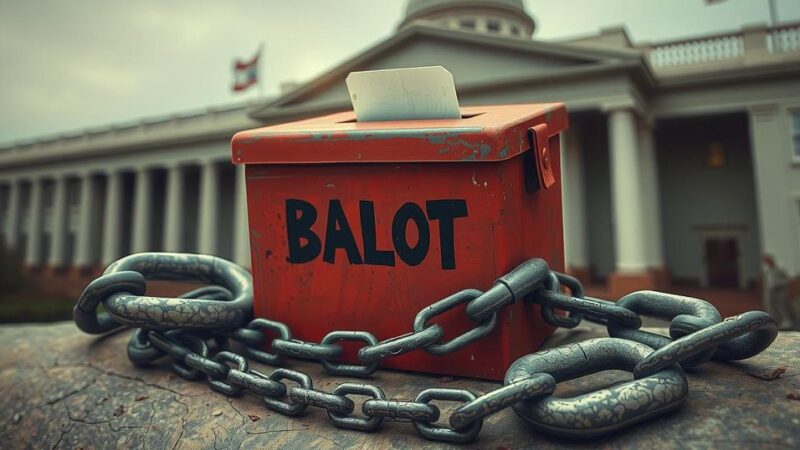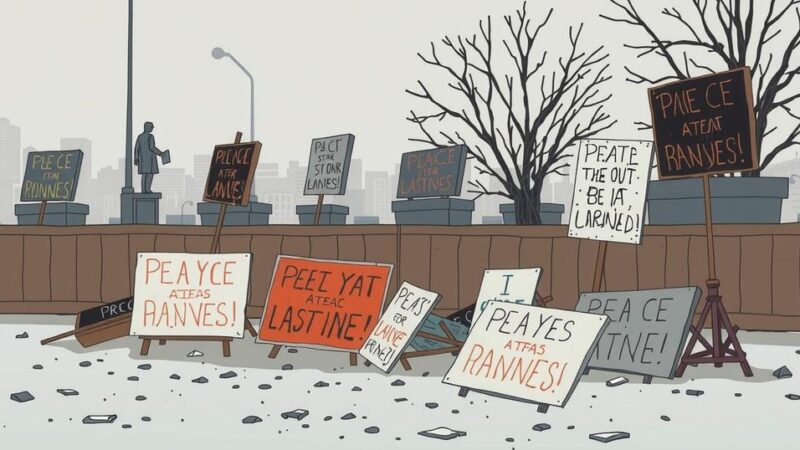Mozambique is facing its worst election-related violence since the civil war, with over 250 deaths linked to protests against disputed electoral results. Following the recent confirmation of the Frelimo party’s victory, widespread unrest has erupted, leading to significant societal upheaval, as citizens express their outrage over perceived electoral fraud and governmental mismanagement.
Mozambique is currently experiencing significant turmoil, highlighted by intense violence following the recent presidential election. Since the top court confirmed the results favoring the ruling Frelimo party, over 250 lives have been lost due to escalating protests against the perceived electoral fraud. The situation has escalated to include widespread unrest, with demonstrators burning tires, looting shops, and setting up roadblocks. Human-rights activists describe this upheaval as more than mere protests, labeling it a profound social revolt against an unjust political climate.
The political landscape in Mozambique has been fraught with tension following the recent presidential elections, which many citizens believe were rigged. The unrest stems from deep-seated frustrations regarding the long-standing governance of the Frelimo party, which has held power since the end of the civil war. The country has not only been marked by violence and loss of life but also by a broader challenge to its democratic processes and human rights. As Mozambique serves as a critical connection point within Southern Africa, stability in this nation is pivotal for regional and global economic interests.
In summary, the current unrest in Mozambique highlights the severe consequences of unresolved electoral disputes and governmental mistrust. The loss of life and the surge in civil disturbances signify a tipping point for the nation, with potential repercussions extending beyond its borders. It is imperative that the international community remains vigilant regarding the developments in Mozambique, as the implications of this conflict may affect regional stability and security.
Original Source: www.nytimes.com






